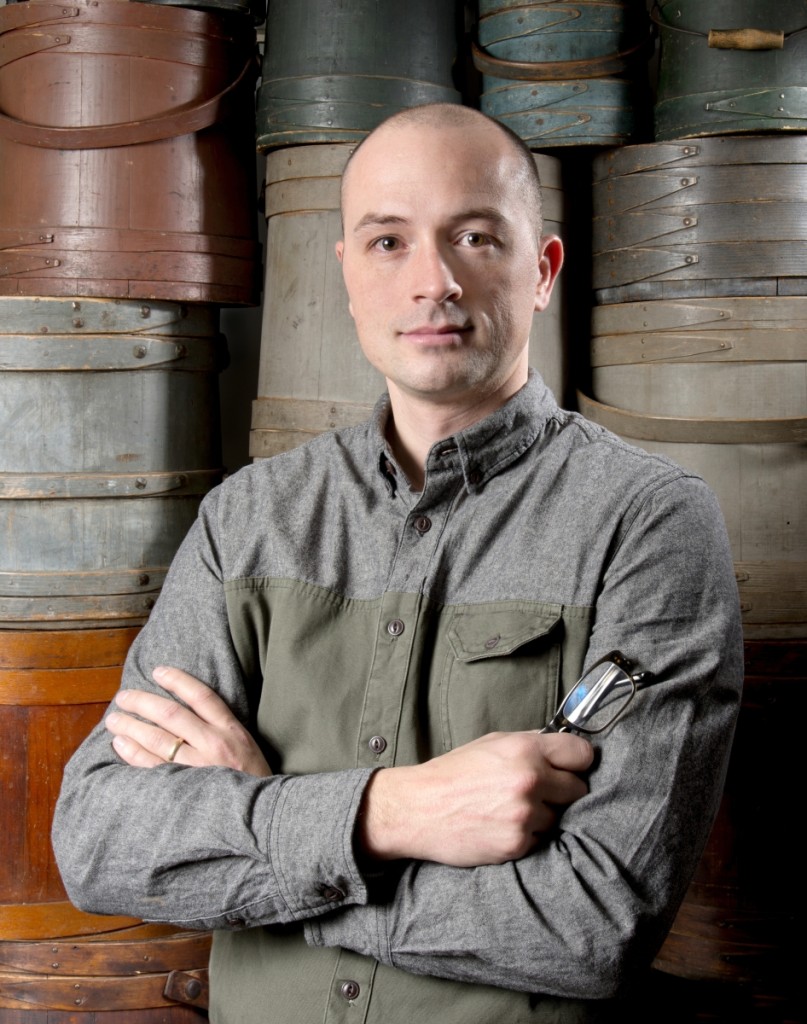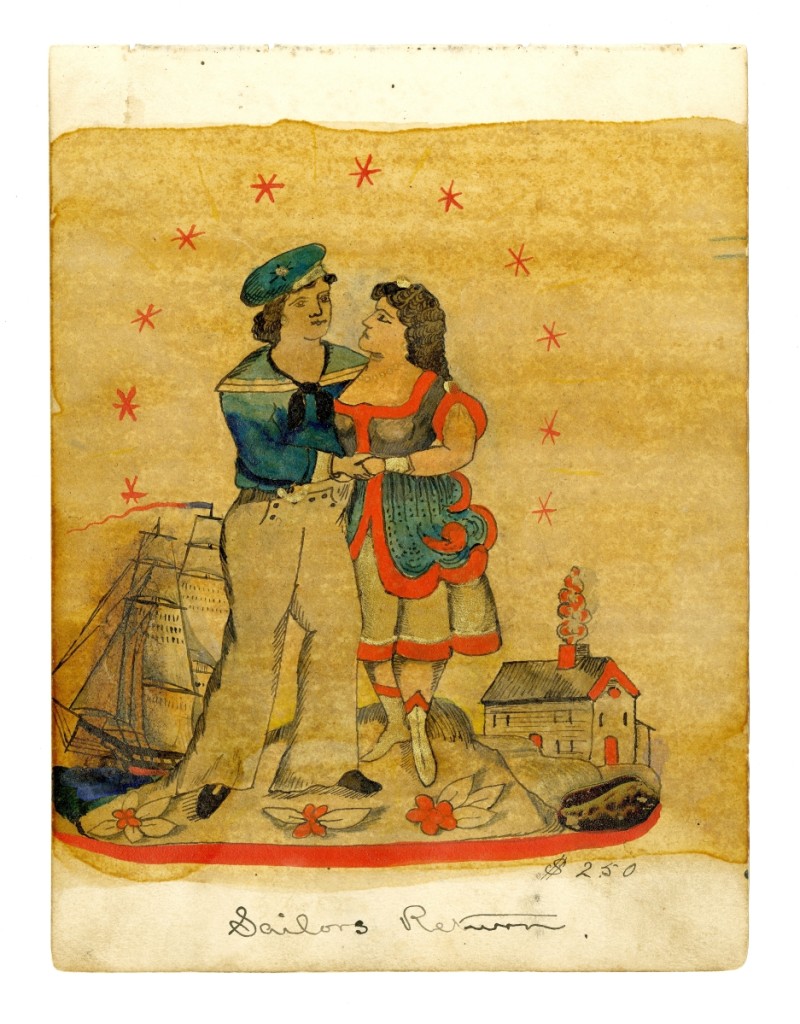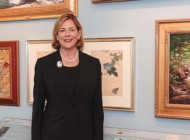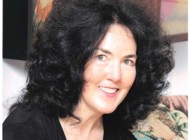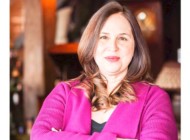A graduate of Yale, where he worked in the American Decorative Arts Furniture Study, and Winterthur’s program in American Material Culture, Derin Bray has carved out a career as a scholar, dealer, broker and consultant in American furniture and folk art. Co-author of To Please Any Taste: The Furniture and Furniture Makers of Litchfield County, 1780-1830 and a contributor to Harbor & Home: Furniture of Southeastern Massachusetts, 1710-1850, Bray broke new ground with his award-winning book and exhibition Bucket Town: Woodenware & Wooden Toys of Hingham, Massachusetts, 1636-1945. He is currently working with Margaret Hodges on the book Eagles, Anchors & Flags: A Century of Tattooing in Boston, 1862-1962, a project notable for its timeliness and cultural relevance.
How did you become involved in this project?
I’ve always been attracted to unusual things. When I was in college I collected photographs of oddities from Barnum’s American Museum. That gradually turned into a fascination with tattooed performers and tattoo artists from the Nineteenth Century. I wanted to know everything about them, but I quickly discovered that reliable information is hard to come by. After discussing it with my good friend and co-author Peggy Hodges, we decided to tackle the topic head-on. We expect our book to be out in 2018 or 2019.
Why did you narrow your study to Boston and the period 1862-1962?
Like most Navy towns, Boston was a major hub of tattooing. Men with colorful names like “Electric” Elmer Getchell and Jim “Free-Hand” Fraser worked there for decades. To show how the trade evolved over time, we chose to focus on the century leading up to 1962. That’s the year tattooing was outlawed in Massachusetts. The ban wasn’t overturned until 2000.
What rich sources of information have you mined?
Oral histories have been a big part of the project. We had the pleasure of visiting with the 97-year-old daughter of a man who started tattooing in 1918. She brought her father’s story to life in a way that traditional research can’t. He was a real character. One of his shops had a hole in the wall so he could watch the burlesque shows next door.
Weren’t many of the artists itinerant?
A lot of tattooers didn’t stay in the same place for very long. They chased the work. For some this meant traveling with sideshows or carnivals. Others followed the fleets or moved around seasonally, tattooing in summer hotspots like Revere Beach.
What course has your research taken?
It has been a wonderful journey. I’ve traveled all over the country visiting libraries, examining items at museums and meeting face-to-face with dozens of collectors, tattoo artists and the descendants of old-time tattooers. There is no one-stop shopping for tattoo history. No formula for how to approach the research. You must seek it out, which requires rolling up your sleeves.
Who are some of the great personalities you have come upon?
Lyle Tuttle is probably the most notable. He is an 86-year-old tattoo artist, tattoo historian and renowned raconteur. He began tattooing in 1949, but rose to prominence in San Francisco in the 1960s and 1970s. He got a lot of publicity for tattooing celebrities like Janis Joplin, Cher and the Allman Brothers. There’s never a dull moment when Lyle’s around. I’m lucky to call him a friend.
What strikes you most about the art?
The best examples of hand-painted tattoo flash hold their own with masterpieces of American folk art. They range from patriotic and memorial to religious and occupational. Although the design vocabulary was fairly standardized back then, tattooers put their own spin on them. Some of them did so to spectacular effect. One of the most exciting parts of this project has been identifying the work of specific individuals based on their style of painting or tattooing. It has allowed us to offer a much richer context to work that was previously considered anonymous.
Why did tattoos become fashionable again, and in such a widespread fashion?
I don’t really have a pulse on the contemporary scene, but I don’t think tattooing was ever unpopular, it was just in the bad part of town.
Anything you would like to ask our readers?
If you know the whereabouts of any early tattoo items, please get in touch with me. Researching this topic is like looking for a needle in a haystack. All clues are helpful and greatly appreciated. You can reach me through www.tattooedboston.com, derin@tattooedboston.com or 203-606-8380.
-Laura Beach

